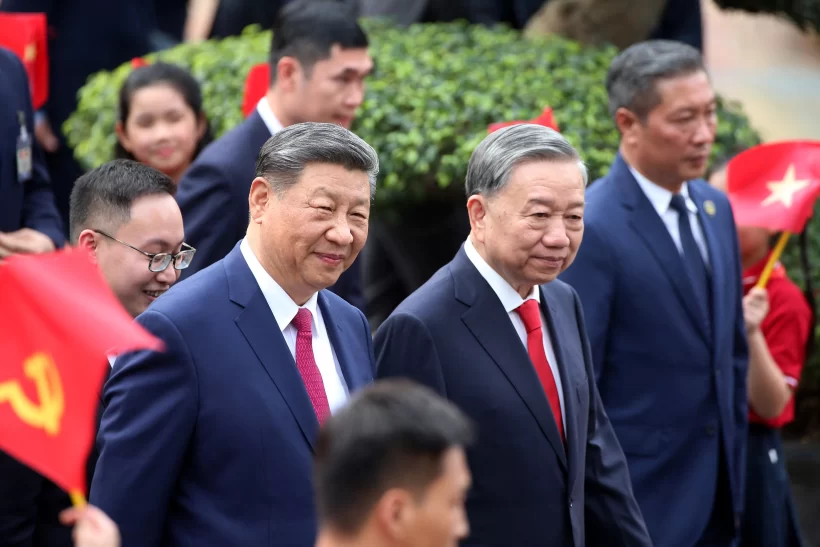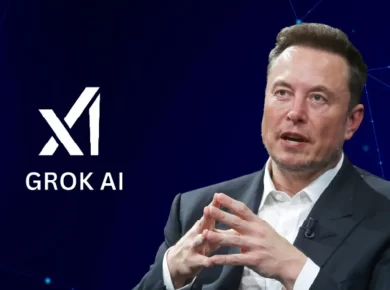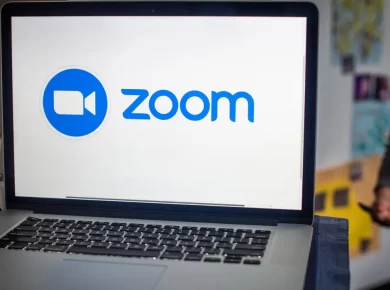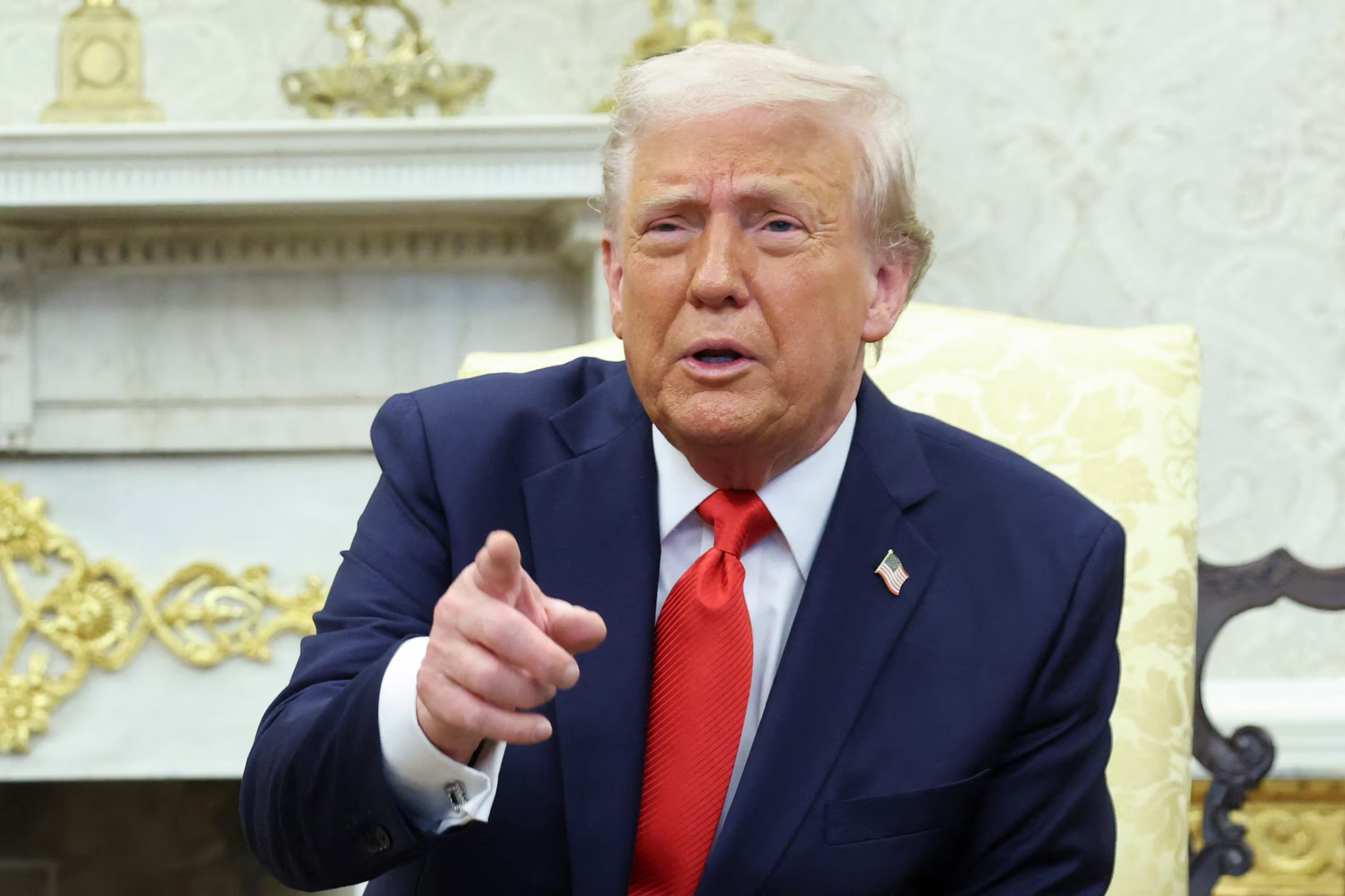Xi Jinping’s Vietnam Visit Highlights Risks of Protectionism
A crowd of supporters lined up outside Hanoi’s airport, waving Chinese flags to welcome President Xi Jinping as he landed in the Vietnamese capital for the beginning of a Southeast Asia visit described by Beijing as “significantly important” for the wider region.
Upon arriving in Vietnam on Monday (April 14, 2025), Chinese President Xi Jinping warned against protectionist policies and emphasized that trade wars offer “no victors,” according to Chinese state-run media.
This marks Xi’s first foreign trip of the year, taking him to Vietnam, Malaysia, and Cambodia. The visit aims to deepen China’s economic ties across the region and counterbalance the heavy tariffs recently imposed by U.S. President Donald Trump.
Shortly after his arrival, Xi expressed hope for meaningful discussions with Vietnamese leaders on bilateral and global matters, as reported by Xinhua news agency.
He called for both nations to defend the multilateral trading framework, ensure stability across global industrial and supply networks, and uphold an open, collaborative international economy.
In an op-ed published in Vietnam’s Nhan Dan newspaper on Monday, Xi reaffirmed China’s opposition to protectionism and trade barriers, stating that such policies ultimately harm all parties involved.
Beijing is positioning itself as a reliable and steady partner in contrast to President Trump, whose unpredictable tariff announcements earlier this month shook international markets before many were scaled back.
Vietnamese President To Lam, writing on the government’s official site, said his nation is eager to work closely with China to foster “more practical, in-depth, balanced, and sustainable” cooperation. Deputy Prime Minister Bui Thanh Son indicated that around 40 bilateral agreements are expected to be signed during the visit.
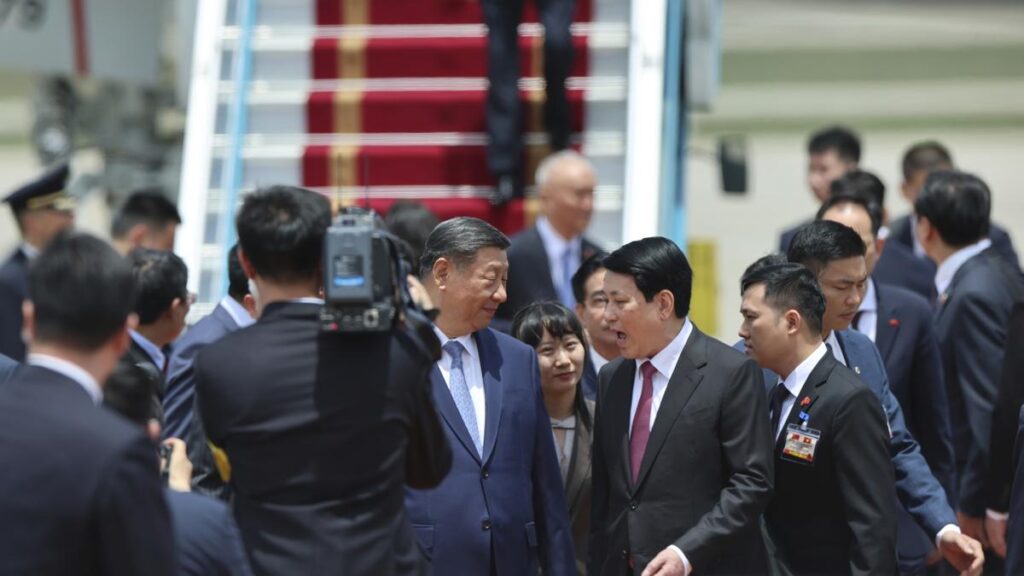
Economic Engagement & Strategic Diplomacy
Vietnam was China’s top trading partner in Southeast Asia in 2024, importing approximately $161.9 billion in goods, followed by Malaysia at $101.5 billion. Strengthening regional economic alliances may help China weather decreasing access to the U.S. market, its top export destination last year.
China and Vietnam both operate under Communist leadership and share a “comprehensive strategic partnership,” the highest diplomatic ranking in Hanoi’s foreign policy.
Vietnam’s foreign policy, often described as “bamboo diplomacy,” aims to balance relationships with both Washington and Beijing. Despite close trade ties with China, Vietnam has aligned with U.S. concerns over Beijing’s growing influence in the contested South China Sea.
Must Read: Nikita Casap: Teen Charged with Plotting Trump’s Assassination
Though China claims sovereignty over nearly the entire sea, multiple Southeast Asian countries – including Vietnam, the Philippines, and Malaysia – dispute these assertions.
In his article, Xi stressed the importance of peaceful dialogue to resolve territorial disagreements and preserve regional stability.
“With mutual understanding, we can resolve maritime differences through consultation,” Xi wrote. Vietnam’s President Lam echoed this sentiment, emphasizing that managing disputes is crucial in today’s unpredictable global landscape.
Following his Vietnam stop, Xi will head to Malaysia from Tuesday to Thursday. Malaysian Communications Minister Fahmi Fadzil said the visit reflects efforts to enhance trade cooperation between China and other nations.
Xi will conclude his Southeast Asia tour in Cambodia, a close regional ally where China has significantly expanded its influence in recent years.
For more updates, visit www.iasmania.com. Please share your thoughts and comments.
If you’re passionate about building a successful blogging website, check out this helpful guide at Coding Tag – How to Start a Successful Blog. It offers practical steps and expert tips to kickstart your blogging journey!
